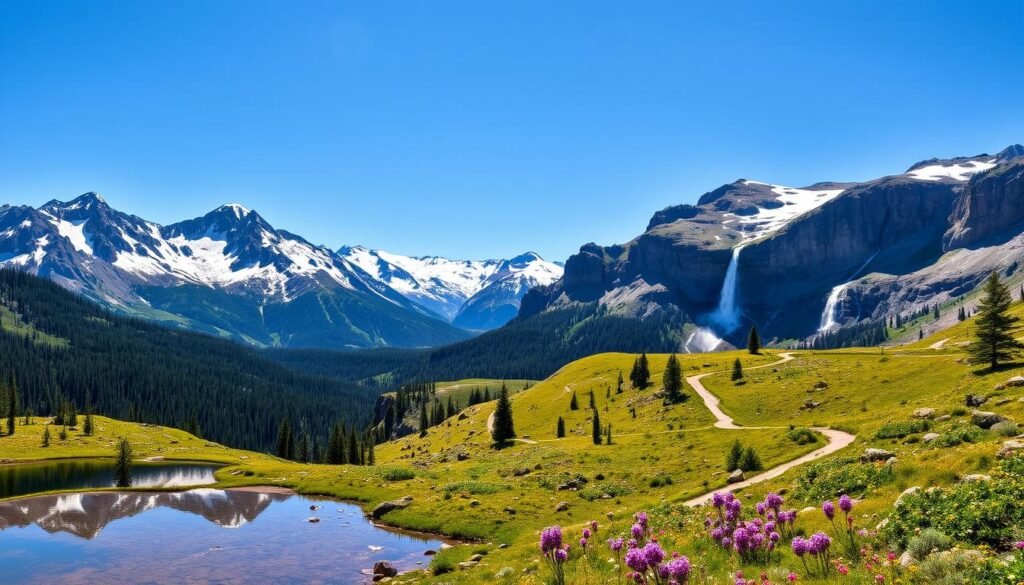More than 36,000 people have stopped at a single roadside oddity in Bailey, and that number says a lot about how varied and surprising this state can be.
I pulled together my go-to list after years roaming here so you can plan a smarter trip. I mix iconic stops with quieter gems, and I call out fees, steep trails, and timing that mattered to me.
Expect clear details on permits and tricky access—like day-use windows at Hanging Lake, cash-only springs, or when a 4WD makes sense. I balanced easy Denver day drives with farther routes so you can stack stops without wasted miles.
Key Takeaways
- I share practical notes on fees, parking, and booking windows.
- Trails and difficulty are flagged so you know what to expect.
- Wildlife and hot springs get tips for timing and access.
- I include quirky stops and hand-built sights that surprised me.
- Stack nearby features to make the most of a short or long trip.
How I Plan Colorado Trips: Balancing Bucket-List Icons with Hidden Gems
When I map a Colorado trip I aim for a loose loop that mixes crowd magnets with quiet finds.
I pick an area with variety—like the Pikes Peak region, which offered 55+ attractions from trains to a mountain-view zoo. That density made it easy to combine mild and wild outings in a single day.
I pair headline stops with mellow choices so I don’t burn out. A summit or major park gets matched with a short trail or a lesser-known roadside stop.
I check access rules early. Timed permits, dawn-to-dusk hours, and seasonal closures often shape my route and timing.
- I group sights by drive time so more hours go to trails and sunsets, not traffic.
- I keep a short list of backups in the same area for weather or crowds.
- I track small but critical details like cash-only gates and restroom access.
Best places to visit in Colorado for easy Denver day trips and secret spots
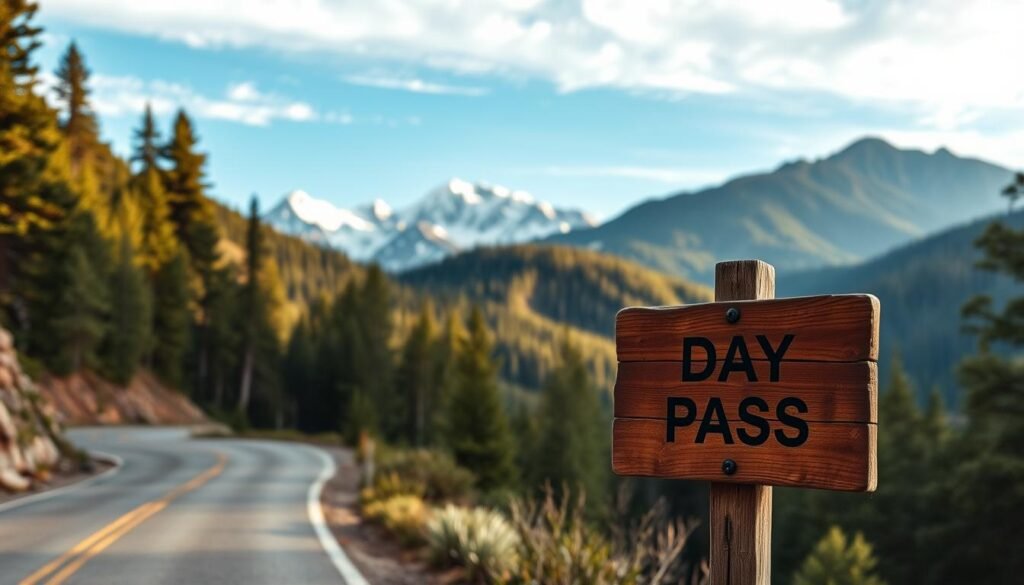
Short drives from Denver gave me waterfalls, wildlife, and quirky museums that fit neatly into a single day.
Hanging Lake (Glenwood Springs): Steep trail, waterfalls, and a required day pass
I booked a $12 per person day pass with an hourly arrival window and started early. The 1.6-mile hike climbs about 1,200 feet; it’s short but steep.
I kept my pack light, wore grippy shoes, and saved time at the top for the vivid protected pool and falls.
Castlewood Canyon State Park: Hike to the historic Castlewood Dam ruins
Castlewood is an easy-access park near the metro. The dam failed in 1933 and the stone ruins sit beside Cherry Creek.
I chose a mellow route along the creek for simple walking and quick history between other Front Range plans.
Rocky Mountain Arsenal National Wildlife Refuge: Bison, eagles, and an 11‑mile wildlife drive
The refuge’s 11-mile loop offered bright wildlife viewing—bison, mule deer, bald eagles, and prairie dogs. It felt wild right next to the airport.
I drove the loop near dusk for more activity and used signed overlooks for better photos.
Sasquatch Outpost in Bailey: Quirky museum celebrating Bigfoot lore
The Sasquatch Outpost, opened by Jim and Daphne Myers in 2016, added a lighthearted stop. Its exhibits gave me a fun break on a mountain loop.
- Quick tips: reserve timed permits where needed, plan for parking, and keep a backup stop for fuel and food.
- These short outings mix classic scenery with oddball charm—great for a focused day trip with clear details and manageable logistics.
Colorado Springs area highlights I love for families and first‑timers
I steer many first-time visitors toward the Colorado Springs area because it delivers big scenery with small logistics. The region bundles scenic drives, easy hikes, and family-friendly things without long transfers.
Paint Mines Interpretive Park: Colorful clay hoodoos east of Colorado Springs
Paint Mines felt otherworldly at golden hour. The site is free from dawn to dusk, but climbing the fragile formations is prohibited and pets are not allowed.
I followed marked paths and kept kids close to protect the clay. Respecting rules preserves the area for future visitors.
Why the Pikes Peak Region is a win: 55+ attractions, from trains to a mountain‑view zoo
The Pikes Peak Region offered more than 55 attractions—trains, museums, parks, and a mountain-view zoo—so I mixed mild and wild options easily.
I often paired a morning train ride or zoo stop with an afternoon walk in open space, then watched the sunset from a lookout over the city.
Practical tips: Trails, hours, and checking each park or museum website before you go
- Check the website the night before for hours, closures, and timed entry systems.
- For families, build snack and playground breaks between sights and choose short trail loops.
- Use weekdays and early starts to avoid crowds; keep indoor museum options as backups for storms.
- Pack layers and sun protection—front range weather shifts fast.
“I used a loose mix of trains, short hikes, and a zoo visit to keep days varied and low-stress.”
Soak, splash, and stargaze: Water and wellness experiences worth the trip
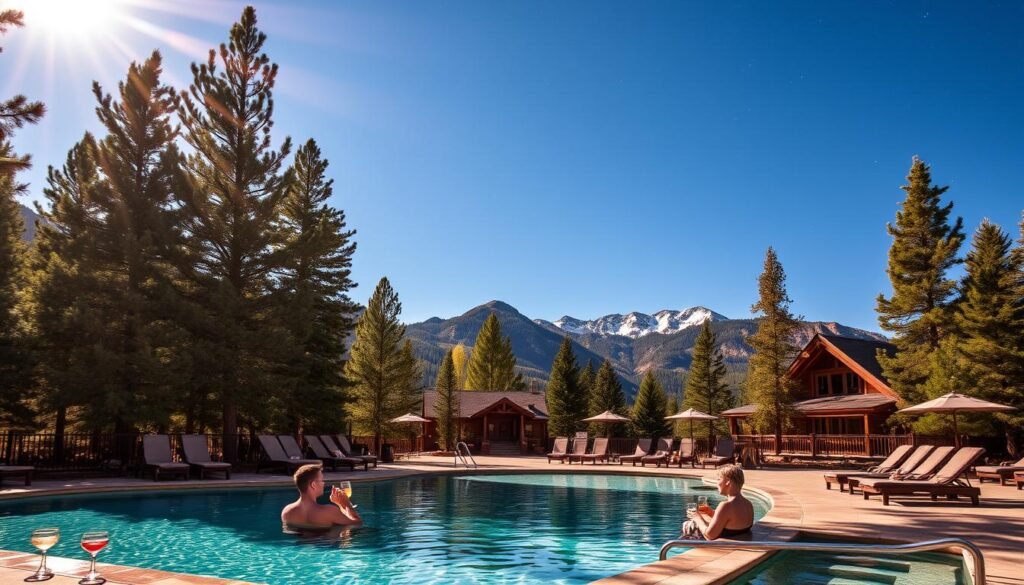
Soaking near a dark forest while stars woke up felt like a small, perfect ritual for my travels.
Strawberry Park Hot Springs runs about 104°F and sits in a tucked valley outside Steamboat. It was cash-only when I went, and winter access meant 4WD or the shuttle. I timed my soak for late afternoon so the forest dimmed and the sky filled with stars.You can learn more about best-time-to-visit-seattle.
The vibe changes after dark: adults-only and clothing optional. I finished before nightfall when I was with mixed company. I always carried cash and checked road conditions ahead of time.
Rifle Falls and Rifle Mountain Ice Caves
Rifle Falls State Park charged an $8 day pass unless I used an annual state parks pass. Trails loop above the triple falls and wind through small limestone caves. It made for an easy, photogenic outing.
In winter, Rifle Mountain Park forms ice caves and columns. The entry ran about $5 per day. I kept traction tools and waterproof layers handy and packed a dry change of clothes.
- I carried exact bills for self-serve kiosks and an annual pass when I could.
- Small fees felt worth the experience; warm drinks and a plan for the drive made transitions easy.
“I timed a late-afternoon soak, brought cash, and left my evening plans flexible for star time.”
For more hot-spring options and planning details, see recommended hot springs.
Offbeat history and ghostly good times in the high country
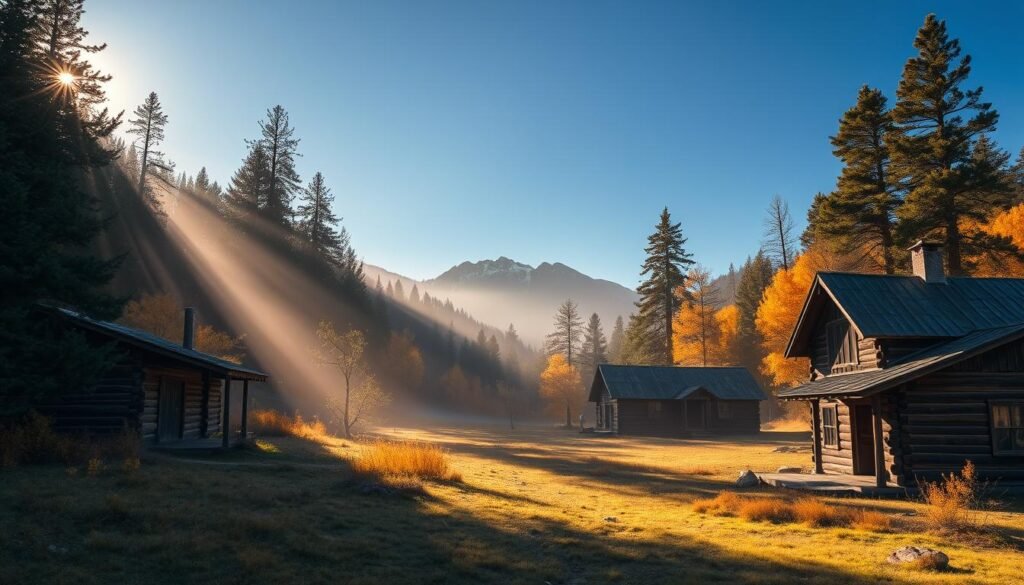
I found a string of weird, hands-on stops that make a single high-country day feel like a mini adventure. These spots pair showy ironwork and crumbling main streets with easy logistics and memorable photo ops.
Bishop Castle (San Isabel National Forest): Hand‑built turrets, bridges, and sky‑high views
I treated Bishop Castle as one of my best hidden detours: the whole thing was carved by one man over decades. Access was free (donations appreciated) and self-guided.
I climbed tight spiral stairs, crossed windy iron bridges, and stopped often for views. Wear sturdy shoes, bring a picnic, and be ready for narrow spaces and heights.You can learn more about best-time-to-visit-banff
Hidee Gold Mine and nearby Nevadaville: Chisel real ore and explore a ghost town
Hidee Gold Mine put mining tools in my hands. Inside a hard-rock tunnel I chipped at a visible gold vein and listened to old-timer tales that felt livelier than any museum tour.
After the mine I poked around Nevadaville and Russell Gulch, where disc golf threads among ruins. If you aim for Apex, plan a high-clearance run and clear weather.
- Quick notes: watch footing on old steps and loose gravel.
- Stick to obvious paths, treat structures with respect, and pack water and layers for short trails.
“It was exactly the kind of hidden gems day that reminded me how much history still lingers in the high country.”
Wild canyons, ancient cultures, and dark skies that feel out of this world
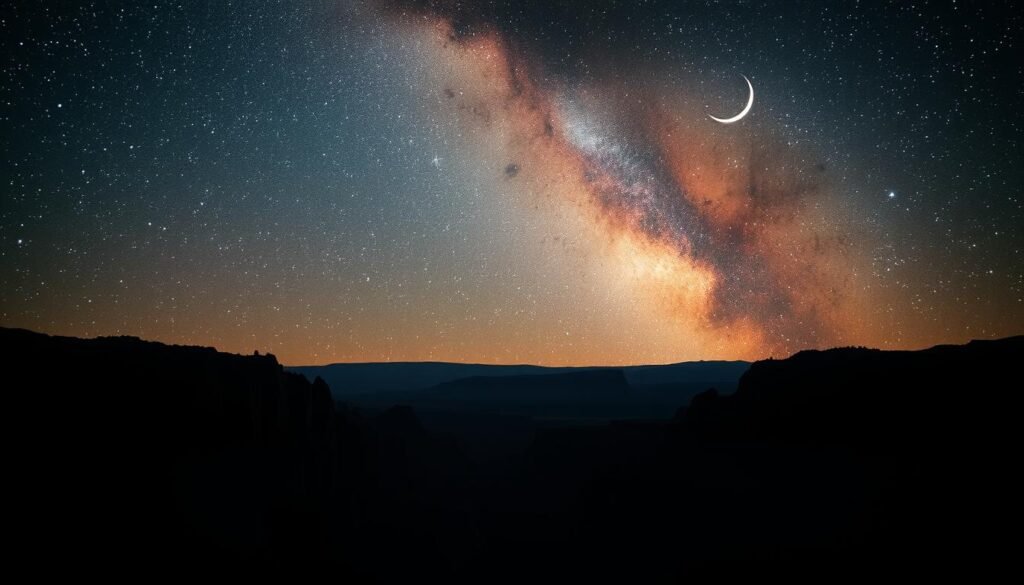
I found that looping the Southwest corner rewarded me with deep canyons, towering dunes, and nights so dark the Milky Way felt close enough to touch.
Mesa Verde cliff dwellings: Step into Ancestral Puebloan history
I placed Mesa Verde near the top of my cultural list. Stepping into cliff dwellings with a ranger made Ancestral Puebloan life feel immediate and human.
Tip: reserve guided tours early and pair them with short hiking overlooks for context and calm views.
Great Sand Dunes National Park: Stargazing above surreal dunes
By day I hiked ridges and picked a safe line down. By night the dunes opened into a black, star-filled world that felt out of this world.
Pack a headlamp, warm layers, and water. I tackled dunes at sunrise for cooler sand and checked wind forecasts before sunset.You can learn more about best-places-to-visit-in-december
Black Canyon of the Gunnison: Quiet overlooks and dramatic walls
Black Canyon rewarded me with quiet rim viewpoints and jaw-dropping geology. The dark schist walls and the churning river made for a top photography moment on my trip.
I mixed easy rim walks with short spur trails and left technical canyon routes to specialists with permits. The key details were advance reservations, layers for big swings in temperature, and plenty of water.
“Stack these three sites into a two- or three-day loop and you get culture, sand, and sheer rock—each a different world.”
Conclusion
My favorite travel rule here became simple: pick two anchors, then leave room for surprises. I often used Colorado Springs as a base and stacked a park, a train ride, and a quick zoo stop into a single day.
Small details shaped each experience—cash-only gates, a required day pass, and seasonal road needs. I checked each site’s official website the night before and kept an envelope of small bills for kiosks.
I found hidden gems by planning loosely and arriving early. Good shoes, layers, and water covered most needs on trails, dunes, and canyon rims.
Use this list as a flexible scaffold for your next trip and make it your own with a couple of spots that match your things you love. ,


